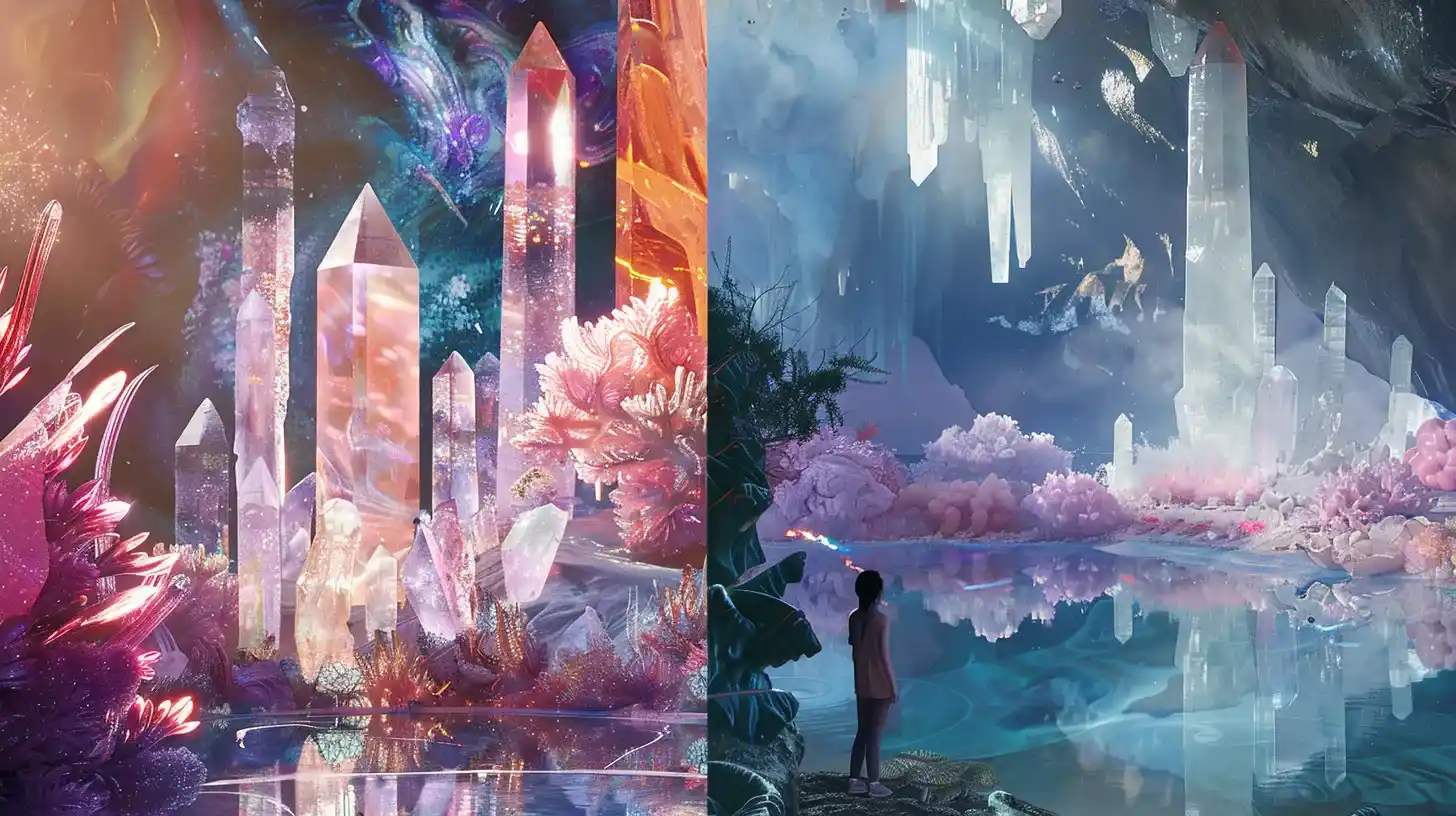Table of Contents
OpenAI’s recent unveiling of a music video, crafted by the artificial intelligence video generator Sora, has captivated the attention of the tech and creative industries alike. The video, a visual rendition of “Worldweight” by indie musician August Kamp, showcases a series of dreamlike sequences that perfectly capture the essence of the song’s imaginative soundscape.
The Dawn of Sora AI in Creative Expression
At the core of this innovation is Sora, OpenAI‘s cutting-edge Sora AI video generator capable of transforming text prompts into detailed, multi-shot video clips. Unlike other video platforms that struggle to maintain consistency in longer sequences, Sora stands out with its ability to generate extended clips that retain a coherent narrative flow.
This capability was vividly demonstrated in Kamp’s music video, which featured a variety of scenes, from surreal gardens with giant crystals to mesmerizing underwater coral reefs, all maintaining a cohesive and dreamy aesthetic.

Navigating Ethical Waters
The introduction of Sora in February reignited discussions around the ethical and legal challenges posed by generative AI technologies. Questions about training data usage, copyright issues, and the potential displacement of jobs in creative fields have become more pronounced.
OpenAI has been somewhat reticent on the specifics of Sora’s training data, only revealing that it includes both publicly available and licensed data. The ambiguity surrounding the inclusion of content from platforms like YouTube, Instagram, and Facebook remains.
Empowering Creatives with Sora AI
Despite these challenges, the promise of Sora as a tool for creative expression is undeniable. For August Kamp, Sora offered a unique opportunity to visually articulate the imagery that had accompanied her song’s composition. This technology heralds a new era where the only limit to visual storytelling is the artist’s imagination.
Kamp’s experience underscores the potential of Sora to democratize video production, enabling creators to share visions previously confined to their minds’ eyes.
The Gradual Unveiling of Sora
OpenAI’s cautious approach to Sora’s rollout reflects a broader strategy to address security concerns while engaging with the creative community. The company has initiated collaborations with Hollywood, hinting at Sora’s potential to reshape the film industry.

However, the timeline for Sora’s public release remains uncertain, with hints from OpenAI’s CTO Mira Murati and CEO Sam Altman suggesting a release within the year, contingent on resolving any safety and misinformation risks.
The Future of Video Creation with Sora AI
As OpenAI navigates the complexities of introducing Sora to a broader audience, the anticipation within the creative community grows. Other companies are advancing their own models, indicating a burgeoning industry around AI-driven video production. Yet, Sora’s unique ability to capture and extend the human creative process sets it apart.
This technology not only enhances the artistic toolkit but also opens new avenues for storytelling and visual artistry.
The journey of Sora from a tool used by select artists to a platform that could redefine the landscape of video production is a testament to the ongoing evolution of artificial intelligence. As we stand on the brink of this new era, the possibilities for storytelling, art, and communication are expanding in unprecedented directions.
Sora AI not only represents a significant technological achievement but also embodies the potential for AI to serve as a collaborative partner in the creative process, enhancing human imagination rather than replacing it.
In conclusion, Sora represents a pivotal moment in the convergence of technology and creativity. Its ability to bring to life the intricate visions of artists like August Kamp heralds a new chapter in digital storytelling. As we await its public debut, the potential of Sora to revolutionize video creation remains a beacon of excitement and inspiration for creatives worldwide.





